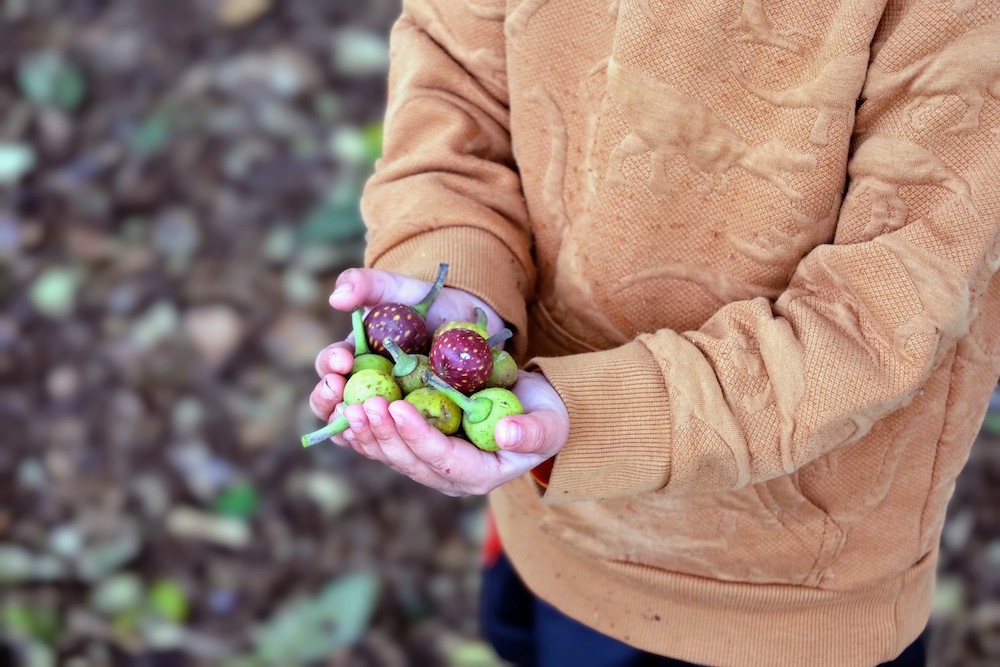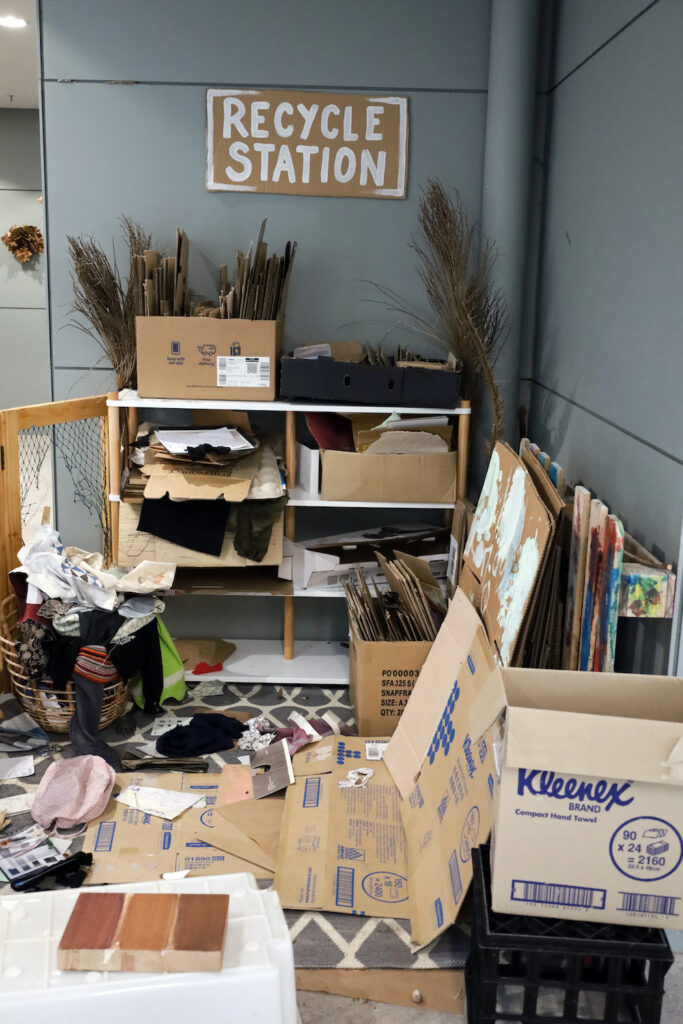Rocks and leaves, cardboard tubes and fabric scraps, maybe even an old tyre. These may seem like ordinary objects to us, but for children, they could be the ingredients for a magic potion, a rocket ready for launch, or a fire pit for roasting marshmallows. For children, the possibilities are endless.
The power of creativity and imagination is harnessed through loose parts play daily at Gowrie Victoria’s early learning services with easy access to recycled materials, baskets of natural items, and the introduction of open-ended objects for children to explore.
The theory of loose parts play was developed in 1972 by architect Simon Nicholson. It came from the idea that materials which can be moved around, designed, and redesigned, and tinkered with, create infinitely more opportunities for creative engagement than static materials and environments.
The benefits of loose parts play range from the development of language and fine motor skills, to fostering curiosity and problem-solving, as well as encouraging collaboration and community through social connections.
Carlton North and Carlton Learning Precinct Early Learning Manager Alistair Gibbs says it’s about freedom of choice for children. “We provide the shell of what they can do, and they make it their own,” he says. “There are different opportunities for what one piece of material can be, whether it’s in one-person play, or in a social setting.”
Alistair explains that a random wheel might be used in multiple ways by one person, such as pretending to drive a car or be a dinosaur. “In a group setting, the child might stay in their own play experience or start to merge ideas, creating a social construct through the experience,” he says. “This is how we connect through play. The children can make it their own, not necessarily something directed by the educator.”
Docklands Kinder Educational Leader Liz Ong says another benefit of loose parts play is the sustainability and affordability. “It really fits with the Gowrie way of reuse and recyle where possible,” Liz says. “We try not to buy anything because we want to be more resourceful and sustainable.”
Some of the materials Liz recommends for loose parts play include:
- natural materials – seed pods, sticks, pebbles and leaves
- packaging items – cardboard tubes and boxes, egg cartons, thread spools, paddle pop sticks, bottle caps
- scraps and offcuts – wooden planks and blocks, fabric remnants
For Liz, loose parts play can also be incorporated into a range of learning experiences. “It’s good to remember the little parts and using them as provocations. Something as simple as a rock can become anything. It can be a catalyst for art, numeracy, storytelling, construction,” she says. “These things don’t just have a singular purpose. They mean different things to different children and this type of play gives them the independence and opportunity to explore and tap into their creativity.”


